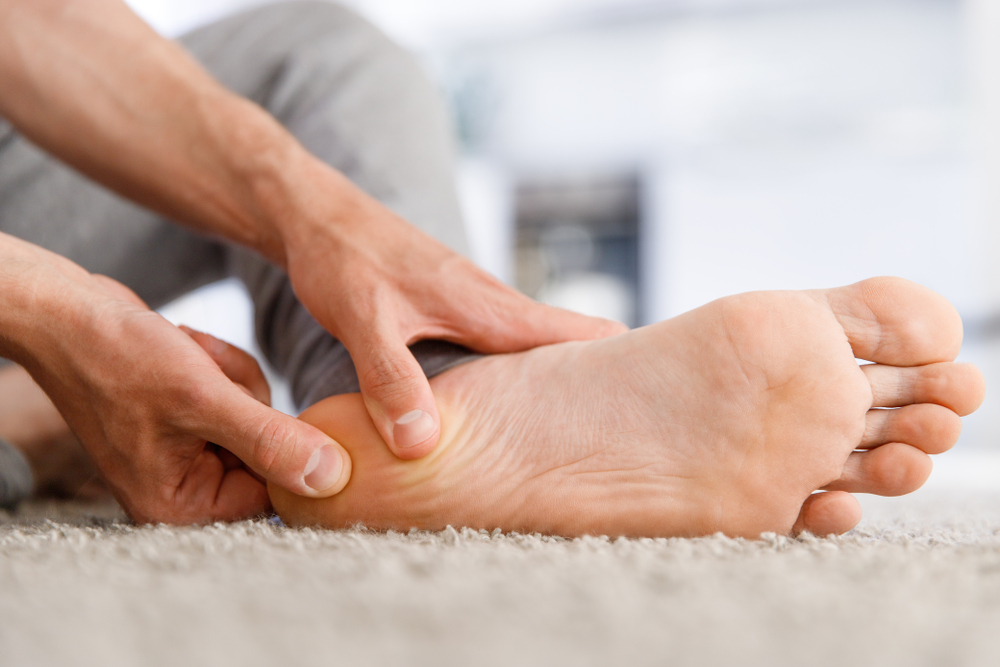Plantar fasciitis is a common condition that affects the heel and bottom of the foot. It is characterized by pain and inflammation in the plantar fascia, a band of tissue that runs from the heel to the toes. The condition is often caused by overuse or strain, and it can be debilitating for those who suffer from it. In this article, we will discuss the symptoms of plantar fasciitis and the treatment options available for this condition.
Symptoms of Plantar Fasciitis
The most common symptom of plantar fasciitis is pain in the heel or bottom of the foot. This pain is often described as a dull ache and it is usually worst in the morning or after sitting for long periods of time. The pain may also be worse when standing on hard surfaces or when climbing stairs.
Other symptoms of plantar fasciitis include:
Stiffness in the heel or bottom of the foot
Swelling in the heel or bottom of the foot
Tenderness in the heel or bottom of the foot
A burning sensation in the heel or bottom of the foot
Limited range of motion in the foot
If you are experiencing any of these symptoms, it is important to seek medical attention. Left untreated, plantar fasciitis can lead to chronic pain and disability.
Causes of Plantar Fasciitis
Plantar fasciitis is often caused by overuse or strain on the plantar fascia. This can happen for a number of reasons, including:
Wearing shoes that do not provide adequate support
Being overweight or obese
Having high arches or flat feet
Having tight calf muscles
Having a job that requires standing or walking for long periods of time
Having a history of injury or trauma to the foot
Treatment for Plantar Fasciitis
The treatment for plantar fasciitis will depend on the severity of the condition and the underlying cause. In most cases, a combination of self-care measures and medical treatment will be necessary.
Self-Care Measures
There are a number of self-care measures that can help to alleviate the symptoms of plantar fasciitis. These include:
Resting the affected foot
Applying ice to the affected area
Wearing shoes with good arch support
Stretching the calf muscles
Taking over-the-counter pain medication
Medical Treatment
If self-care measures are not enough to alleviate the symptoms of plantar fasciitis, medical treatment may be necessary. Some of the most common medical treatments for plantar fasciitis include:
Physical therapy: Physical therapy can help to strengthen the muscles in the foot and ankle, which can help to alleviate pain and improve mobility.
Orthotics: Orthotics are special inserts that can be placed in shoes to provide additional support and cushioning for the foot. They can help to reduce pain and improve function.
Injections: Injections of corticosteroids can be used to reduce inflammation and pain in the foot.
Surgery: In rare cases, surgery may be necessary to treat plantar fasciitis. Surgery is typically only recommended for those who have not responded to other forms of treatment.
Conclusion
Plantar fasciitis is a common condition that affects the heel and bottom of the foot. It is characterized by pain and inflammation in the plantar fascia, a band of tissue that runs from the heel to the toes. The condition is often caused by overuse or strain.

 Home
Home Health
Health Diet & Nutrition
Diet & Nutrition Living Well
Living Well More
More












